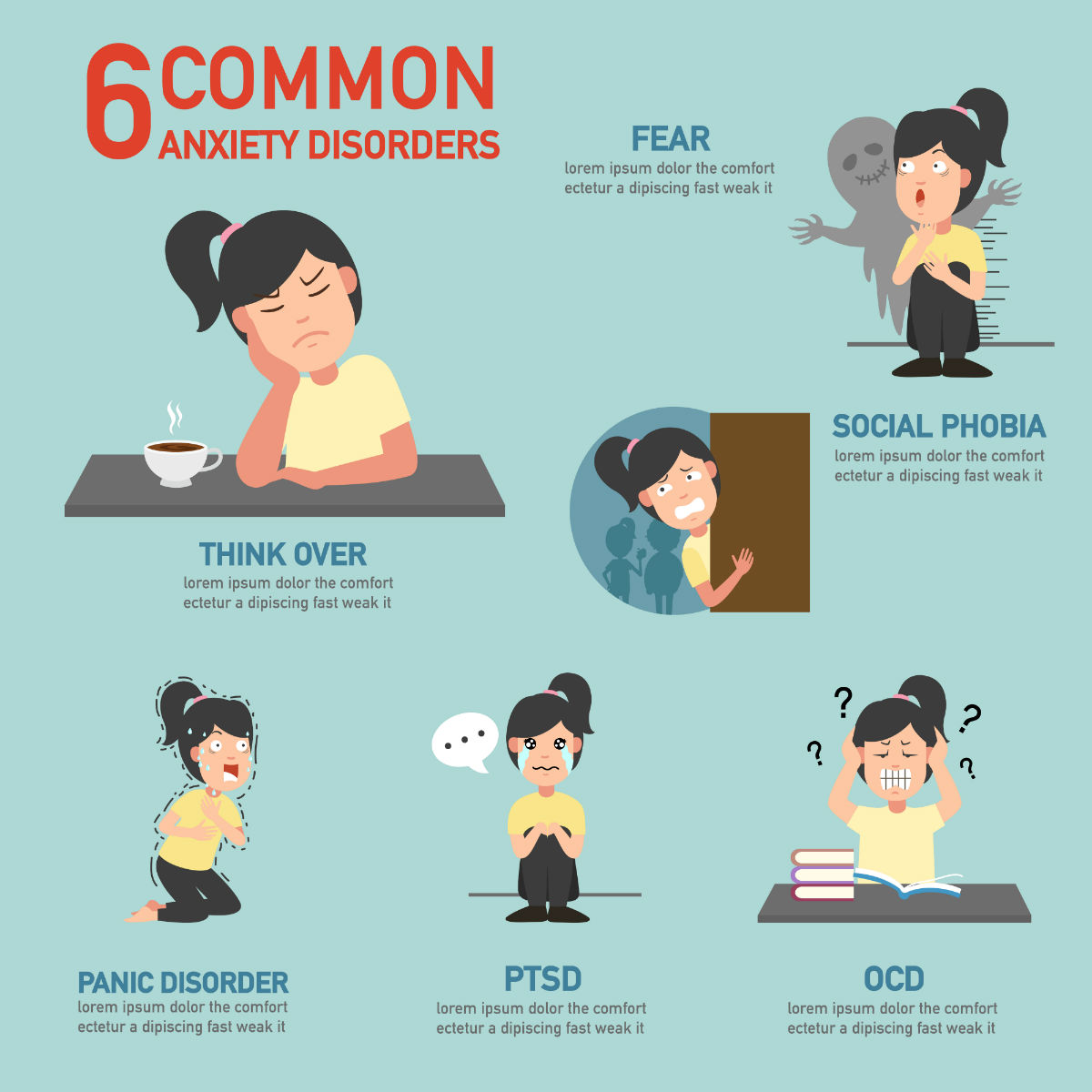

While veterinarians are increasingly confronted particularly with problems associated with behavioural dysfunctions in pet animals, diagnosing and treating these syndromes remains difficult since scientifically based knowledge on both the aetiology and nature of Definition of pathological anxietyĪnxiety is an essential emotion, which is highly conserved during evolution.

Society’s concern about the welfare of the compromised animal is growing. Section snippets Introduction to the problemīehavioural dysfunctions can compromise biological functioning and as a consequence impair welfare and quality of life in pet, farm and laboratory animals. A definition is suggested and the potential causes of pathological anxiety are explored with a plea for developing adequate diagnostic tools and therapies to fight pathological anxiety in animals based on insight from scientific research. Moreover, even the term anxiety itself represents a poorly defined concept or category. This is mainly due to the fact that integrated concepts, combining the behavioural syndrome and (neuro-) physiological processes, are widely lacking. Although several approaches have been undertaken to specify the diagnostic criteria of pathological anxiety as a behavioural disorder in animals, the causal aetiology largely remains unknown. In this review it is proposed that various behavioural dysfunctions in animals are due to pathological anxiety. However, selection may have an (unintended) impact on other characteristics and may lead to dysfunctional behaviour that can affect biological functioning and, as a consequence, compromise welfare and quality of life. Selective breeding programmes in domestic and laboratory animals generally focus on physiological and/or anatomical characteristics.


 0 kommentar(er)
0 kommentar(er)
